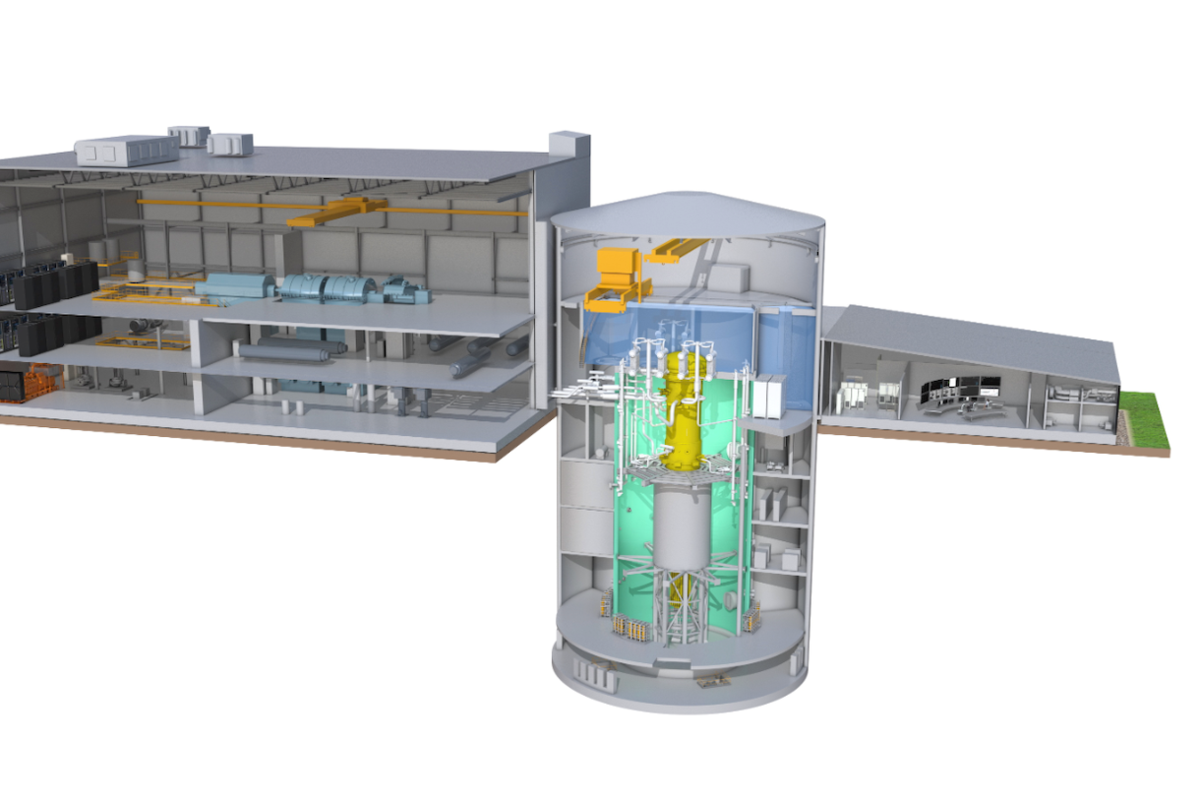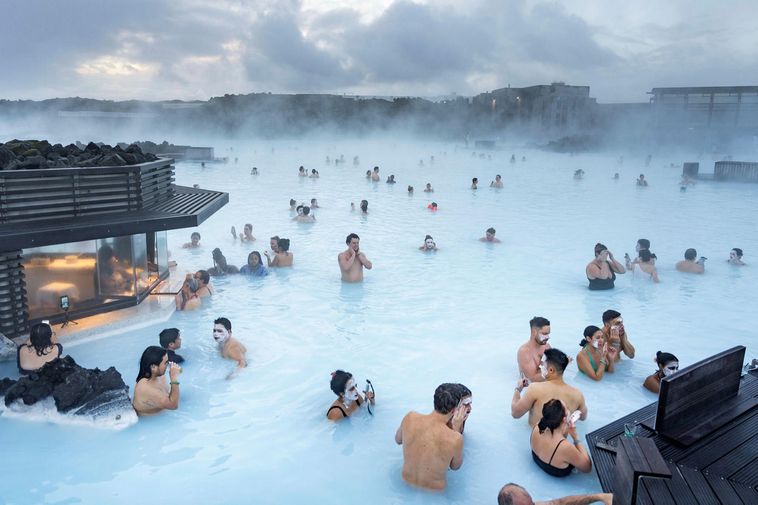- Reaction score
- 16,005
- Points
- 1,160
Good fish = lots of bugsBugs must be absolutely horrendous?

Good fish = lots of bugsBugs must be absolutely horrendous?
Mate I thought we started talking about that BECAUSE of a previous media release...??I'm starting to think someone in the PMO reads this forum.

Ottawa considering military equipment production deal with Ukraine, Defence Minister says
David McGuinty also says Canada will be able to access European loans through a planned EU-Canada military procurement partnershipwww.theglobeandmail.com
Without paywall:
https://archive.ph/0WBPO
RemovePaywall | Free online paywall remover
Remove Paywall, free online paywall remover. Get access to articles without having to pay or login. Works on Bloomberg and hundreds more.www.removepaywall.com
I literally had no idea terrain like that existed in Canada until just now...And that’s only a bit more to build roads into that part of the world - a good reminder for folks calling for those options for remote areas.
The terrain in Northern MB is no joke. Tens of thousands of sq km of this with untouched stands of the Boreal to boot.
View attachment 94310
Manitoba recently completed Bipole lll, a 500kv direct current line from generating plants in the north to Winnipeg. Direct Current lines are more efficient and have much less line losses but do require converter stations at either end to go from AC to DC and then the reverse from DC to AC. The line is 1400 kms in length and cost just over 6 billion dollars. Roughly $4.3 million per kilometer. The cost of running this line underground could be up to 10 times the cost.
$4.3M per kilometer!? Holy shit Batman...
Manitoba isn't the type of province to waste taxpayer dollars on unpractical things either...that's one expensive project

 www.westerninvestor.com
www.westerninvestor.com
“The GE-Hitachi BWRX-300 is a 300 MWe water-cooled, natural circulation Small Modular Reactor (SMR) with passive safety systems,” according to the manufacturer.
Each of the 300 MWe SMRs cost between $1 billion to $1.5 billion and can provide enough electricity to power approximately 240,000 homes.
Yep lol. That's what off is for.
Kinda sounds like a TTC transit project.$4.3M per kilometer!? Holy shit Batman...
Manitoba isn't the type of province to waste taxpayer dollars on unpractical things either...that's one expensive project
Which would be fine if you had sufficient load every 3-400 km. You can't daisy-chain generation.6 Billion for 1400 kms of wire or 4 to 6 SMRs. One every 3 to 400 km?
I feel like Iqaluit/, Yellowknife and Whitehorse might be good candidates for SMRs.Kinda sounds like a TTC transit project.
The subsea cable between NL and NS cost $1.7Bn for 170km.
Which would be fine if you had sufficient load every 3-400 km. You can't daisy-chain generation.
Given the history of nuclear plant development worldwide, I await the actual figure to build one to commissioning.
People get a little too excited about the term 'small modular'. Many envision something in a seacan you can drop into a remote FN or arctic community. Again, great if you had 240,000 households of load but I think the remote communities are a tad smaller. Also, many place struggle to develop and maintain the expertise to keep a water system running.
I don't know a whole lot about SMRs but it would depend on how scalable they are. If they are anything like our Cando reactors, the answer is 'not much' as they are designed to operate at close to 100% thermal efficiency. I don't know if there is an accepted formula for converting 'household' to population, but it seems plunking an SMR designed to power 200,000 households into the City of Iqaluit , population 7500, might be a tad overkill.I feel like Iqaluit/, Yellowknife and Whitehorse might be good candidates for SMRs.
Bugs must be absolutely horrendous?
Yep lol. That's what off is for.
You're far from alone in not being familiar with the scale and distances involved, just like I'm not familiar with the issues of density some of the other bits of Canada experience. After all, how would memes like this survive on the interwebs otherwise?... I literally had no idea terrain like that existed in Canada until just now...

I don't think dopiness and inefficiency is EVER completely zero in these situations, but often, scale/distances are a factor in Canadian infrastructure development for sure.... Just reminds me that anytime a solution seems simple but hasn't been implimented, there's probably a complicating factor I'm unaware of. (Remembering this helps keep me humble)
Wiki gives you a lot of food for thought Small modular reactor - WikipediaI don't know a whole lot about SMRs but it would depend on how scalable they are. If they are anything like our Cando reactors, the answer is 'not much' as they are designed to operate at close to 100% thermal efficiency. I don't know if there is an accepted formula for converting 'household' to population, but it seems plunking an SMR designed to power 200,000 households into the City of Iqaluit , population 7500, might be a tad overkill.
SMR has huge application in the north, where it can replace generators rather easily. I also see them as a key for emerging laser technology in terms of CUAS for military bases.


Commercial SMRs have been designed to deliver an electrical power output as low as 5 MWe (electric) and up to 300 MWe per module. SMRs may also be designed purely for desalinization or facility heating rather than electricity. These SMRs are measured in megawatts thermal MWt. Many SMR designs rely on a modular system, allowing customers to simply add modules to achieve a desired electrical output.

And spare energy is never a bad thing. Somebody will always find a use for it.
District heating becomes a communal pool.
Thanks for that.Wiki gives you a lot of food for thought Small modular reactor - Wikipedia
I'm not an electrical engineer but I don't see the applicability of grids in the arctic. The distances and terrain are massive obstacles. Generation and load have to balance in an AC system unless you integrate some kind of massive battery storage system. IF SMRs are anything like traditional reactors, they are baseline generation; their output can't be easily adjusted. A stand-alone SMR would have to be happy working in February as in July, so maybe there is merit in boiling off a pond full of water when load isn't otherwise there.As for load balancing - if grids can manage wind turbines when the wind doesn't blow and solar panels when the sun doesn't shine then I think they can manage a number of discrete point source generators or varying capacity.
Well it can run a ROPU tooThanks for that.
The Quilliq Energy Corp. (the Nunavut public provider) mentions 'micro modular reactors' in an annual report. It has a total installed capacity of about 53Mw for its 14,500 customers spread across 2Mn Km2 so science needs to come up with something a lot smaller than to ones recently announced. Grid distribution doesn't make a lot of sense given the geography and dispersed nature of the population. Neither does filling a hole with water just to burn off excess energy.
I'm not an electrical engineer but I don't see the applicability of grids in the arctic. The distances and terrain are massive obstacles. Generation and load have to balance in an AC system unless you integrate some kind of massive battery storage system. IF SMRs are anything like traditional reactors, they are baseline generation; their output can't be easily adjusted. A stand-alone SMR would have to be happy working in February as in July, so maybe there is merit in boiling off a pond full of water when load isn't otherwise there.
Well...I figure around 2k for a frozen, no dirt work involved, winter log trail. Take it down to allow single lane traffic and summer haul and it's around $5/km. That's a 6-8m running surface.$4.3M per kilometer!? Holy shit Batman...
Manitoba isn't the type of province to waste taxpayer dollars on unpractical things either...that's one expensive project
Thanks for that.
The Quilliq Energy Corp. (the Nunavut public provider) mentions 'micro modular reactors' in an annual report. It has a total installed capacity of about 53Mw for its 14,500 customers spread across 2Mn Km2 so science needs to come up with something a lot smaller than to ones recently announced. Grid distribution doesn't make a lot of sense given the geography and dispersed nature of the population. Neither does filling a hole with water just to burn off excess energy.
I'm not an electrical engineer but I don't see the applicability of grids in the arctic. The distances and terrain are massive obstacles. Generation and load have to balance in an AC system unless you integrate some kind of massive battery storage system. IF SMRs are anything like traditional reactors, they are baseline generation; their output can't be easily adjusted. A stand-alone SMR would have to be happy working in February as in July, so maybe there is merit in boiling off a pond full of water when load isn't otherwise there.
I did not know DC was more efficient in transmission lines. Learn something new everyday!Manitoba recently completed Bipole lll, a 500kv direct current line from generating plants in the north to Winnipeg. Direct Current lines are more efficient and have much less line losses but do require converter stations at either end to go from AC to DC and then the reverse from DC to AC. The line is 1400 kms in length and cost just over 6 billion dollars. Roughly $4.3 million per kilometer. The cost of running this line underground could be up to 10 times the cost.
